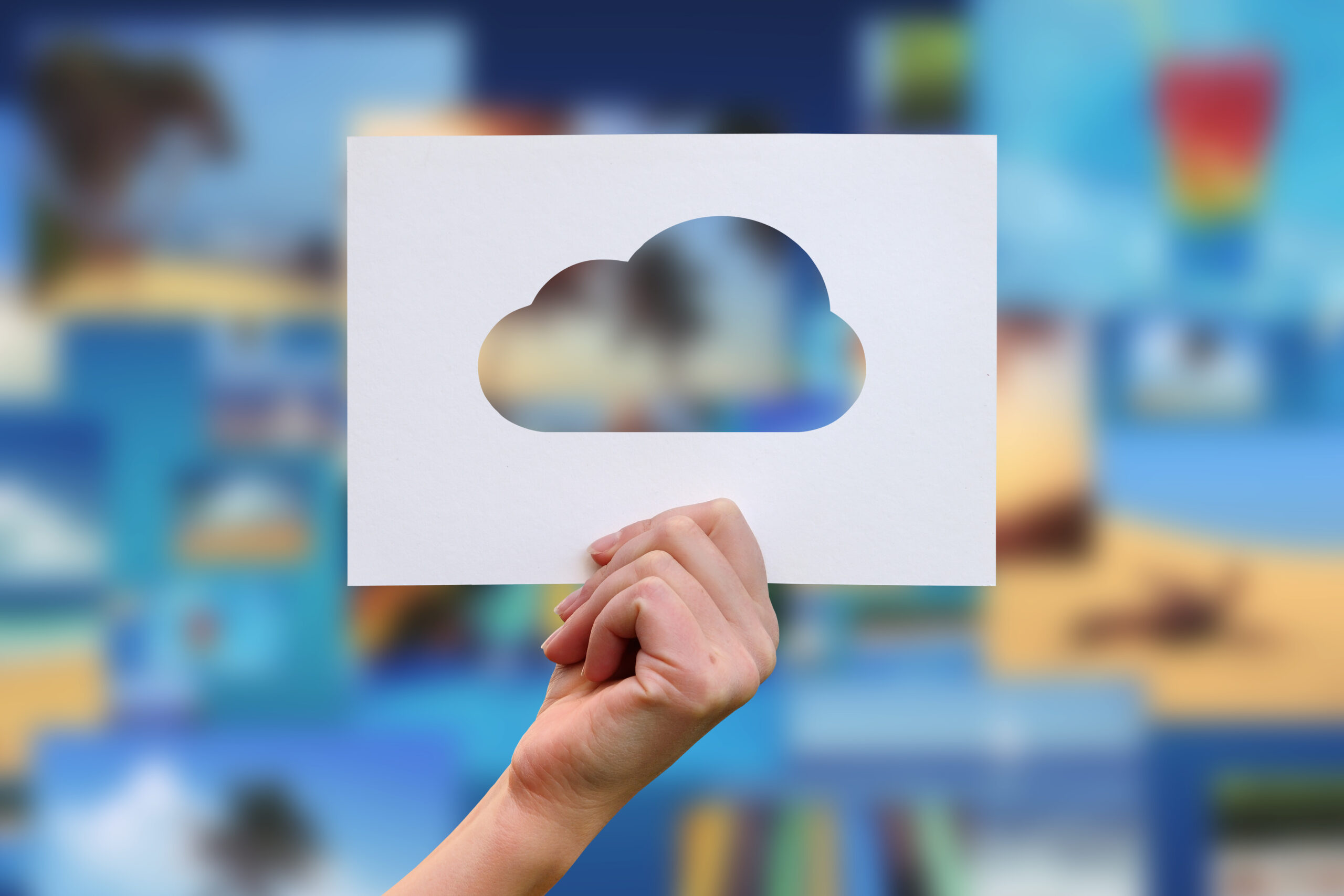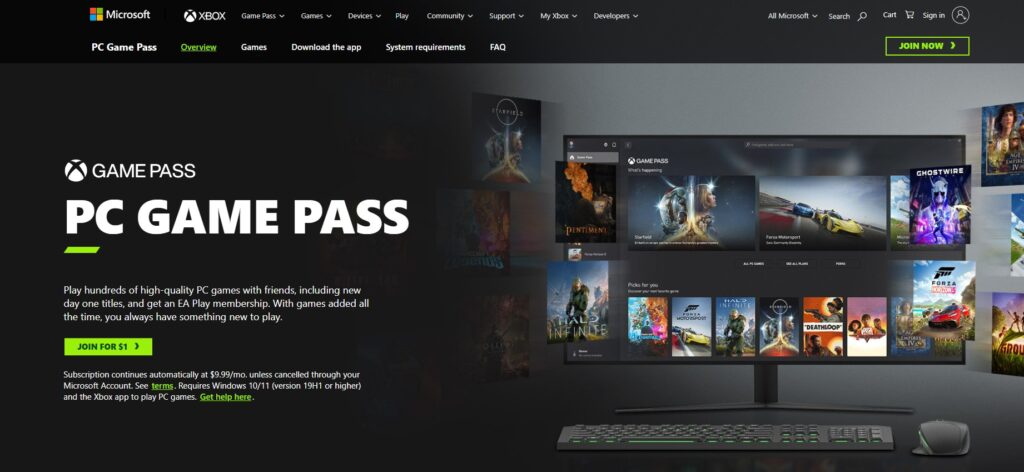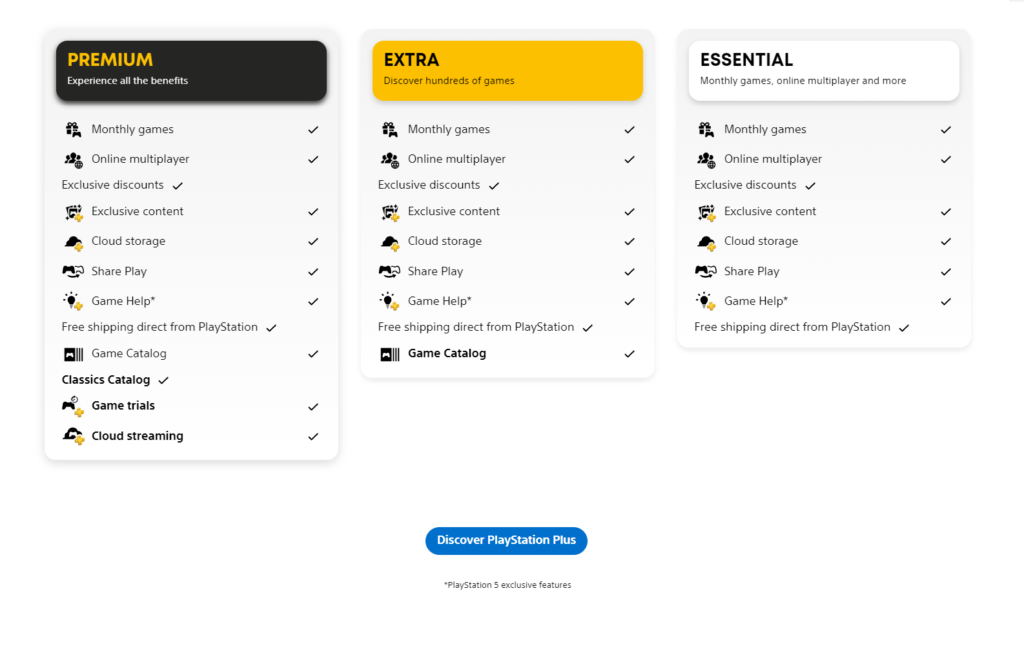
Introduction
Cloud gaming is transforming the world of video games. Instead of running games on a local device, cloud gaming leverages remote servers in data centers to stream games directly to your screen. This allows gamers to play high-fidelity games on virtually any device, without the need for expensive hardware or downloads.
In this article, we will explore the concept of cloud gaming in-depth. We will look at how it works, the benefits it provides, examine popular cloud gaming platforms, and discuss the potential impact cloud gaming may have on the future of the gaming industry.
What is Cloud Gaming?
Cloud gaming, also known as gaming on demand, is a way to play video games without the need for a console or high-end gaming PC. Instead of running games on a local device, cloud gaming leverages powerful remote servers located in data centers to stream video games directly to the user’s screen.

With cloud gaming services, the game software and graphics processing runs entirely on servers in the cloud. The video and audio from the game is then streamed to the user’s device, which acts as just a thin client displaying the output from the remote servers. The user’s inputs via controller are sent back to the cloud, allowing real-time interactivity with the game running remotely.
This is a major shift from traditional gaming, where the software and graphics processing runs locally on the gaming device. Cloud gaming removes the need for downloading or installing games. It also allows even basic computers, smartphones, and tablets to play high-end games by outsourcing the heavy computational work to server infrastructure optimized for gaming.
The key defining aspect of cloud gaming is that the game is never downloaded or computed on the user’s local device. Everything happens in the cloud, enabling lightweight access to games from any compatible screen.
How Cloud Gaming Works
Cloud gaming relies on streaming video game content from remote servers in data centers to the user’s device. Rather than rendering graphics and computationally intensive tasks locally on the gaming device, this workload is handled on servers in the cloud.

The games themselves run on powerful servers equipped with GPUs for graphics processing. Through virtualization, each server can run multiple game instances simultaneously for different users. This allows the computational load to be distributed across the data center infrastructure.
Only minimal local computing power is required on the user’s device, such as decoding the video stream and capturing player inputs. The video output is streamed over the internet to the user’s screen, while commands are sent back to the data center. This allows high fidelity games to be accessed on devices even without dedicated gaming hardware, opening up more accessibility.

With most of the heavy computational work offloaded to the cloud servers, the local device mostly just needs a stable internet connection and video streaming capabilities. This allows cloud gaming platforms to deliver a console-quality experience on smartphones, tablets, low-end PCs, and even smart TVs. The future possibilities are expansive.
Advantages of Cloud Gaming
Cloud gaming offers several key advantages compared to traditional gaming:
- Play graphics-heavy games on any device – With cloud gaming, the heavy lifting is done on remote servers, so you can play even the most graphically-intensive games on relatively underpowered devices like phones, tablets, and low-end laptops. As long as you have a strong internet connection, you can enjoy a high-quality gaming experience on nearly any screen.
- Large catalog of games without downloads – Cloud gaming platforms give you access to a Netflix-style library of games without needing to download or install anything. This allows you to try out more games faster and not worry about storage space on your device.
- Game anywhere with stable internet – Since the games run remotely in the cloud, you can pick up where you left off on any device with a strong internet connection. Cloud gaming enables gaming on the go, rather than being restricted to your home console or PC.
- Lower costs – Without the need for high-end gaming hardware or constant upgrades, cloud gaming can be a more affordable way to play the latest games. The subscription model spreads costs over time rather than requiring large upfront investments.
Popular Cloud Gaming Platforms
Cloud gaming has gained traction in recent years with the launch of several major platforms. Here is an overview of some of the most popular cloud gaming services currently available:
GeForce Now

- Created by Nvidia to stream games from the cloud
- Plays PC games from digital libraries like Steam and Epic Games Store
- Three membership tiers: Free, Priority, and RTX 3080
- Free tier has session limits and queues, paid tiers offer longer sessions and priority access
Xbox Cloud Gaming

- Allows Xbox Game Pass Ultimate subscribers to stream games to various devices
- 100+ Xbox console and PC games available on Android and iOS
- Currently in beta, utilizes Microsoft’s global datacenters
- Plays over WiFi or mobile data, Bluetooth controller required
PlayStation Now

- Sony’s cloud gaming service with access to 800+ PS2, PS3 and PS4 games
- Play direct on PS4/PS5 consoles or stream to PC and mobile devices
- New titles added every month, downloadable on PS4/PS5
- Offers monthly, quarterly and annual subscription plans
This covers the major cloud gaming platforms that are driving growth and adoption of game streaming technology. Each offers unique features and value propositions for consumers.
Cloud Gaming Subscription Models
Cloud gaming platforms typically offer different subscription tiers and pricing models. These give users options to choose the level of access that fits their gaming needs and budget.
GeForce Now Priority
Nvidia GeForce Now has a Priority membership priced at $9.99 per month. This tier provides RTX ON with ray tracing and DLSS where supported, extended session lengths up to 8 hours, and priority server access to reduce wait times.
Xbox Game Pass Ultimate
Xbox Game Pass Ultimate costs $14.99 per month and bundles Xbox Cloud Gaming with Xbox Game Pass access to downloadable games on console and PC. There are over 100 high-quality titles available through this subscription.
PlayStation Plus Premium
The top tier PlayStation Plus Premium subscription is priced at $17.99 per month. It offers cloud streaming, up to 340 downloadable PS4 and PS5 games, access to classic PS1, PS2, PS3 and PSP games, and time-limited game trials.
Free and Discounted Options
Most cloud gaming services offer limited free access. For example, GeForce Now has free tiers with 1-hour session limits and standard settings. Xbox Cloud Gaming is free with Xbox Game Pass console or PC plans. PlayStation Plus Essential, the base subscription, enables cloud streaming at no added cost. Reduced pricing is also available for annual subscriptions or bundled plans.
Potential Limitations
While cloud gaming offers many advantages, it also comes with some potential limitations to consider:
Dependence on Fast, Stable Internet – Cloud gaming relies on a fast and stable internet connection to deliver a smooth gaming experience. Internet speeds below 10Mbps can cause performance issues like lag, long load times, and video buffering. This makes cloud gaming difficult in areas with poor broadband infrastructure. Even with a fast connection, any instability or congestion along the route to the data center can disrupt gameplay.

Input Lag Concerns – The remote processing and streaming involved with cloud gaming can introduce slight input lag versus playing a game directly on a local device. While platforms are improving, some gamers accustomed to the instant response of PC and console gaming may notice and be bothered by the lag. Competitive gamers or those who play fast-paced action games may find this unacceptable.
Smaller Game Libraries Than Traditional Gaming – While growing, the libraries offered on cloud gaming platforms are generally smaller than those available on PC and consoles. This is especially true for indie games and new releases. Gamers with niche interests or who want access to extensive back catalogs may be disappointed. Exclusivity deals also prevent some games on certain platforms from being available via the cloud.
Visual Compression – To deliver games efficiently over the internet, platforms use video compression techniques that can slightly degrade visual quality. This means cloud gaming graphics are usually not quite as crisp and detailed as playing natively on a high-end gaming PC or console. For some players, this tradeoff may not be worthwhile.
The Future of Gaming
Cloud gaming represents a major shift in how video games are accessed and played. As internet connectivity improves globally and cloud gaming platforms mature, we can expect massive adoption of cloud gaming in the years to come.
Many experts predict that cloud gaming will eventually replace the traditional console model. Rather than purchasing expensive dedicated hardware, gamers will simply subscribe to a cloud gaming service and stream games on demand. The convenience and cost savings of cloud gaming will likely accelerate its dominance.
Explore our in-depth article on the increasing trend of subscription-based products in the video gaming industry, here.
Cloud gaming also enables new immersive gaming possibilities using technologies like virtual reality and augmented reality. Since the games are powered by remote servers, cloud gaming platforms can render complex VR and AR experiences well beyond the capability of local devices. This could lead to a new era of breathtakingly realistic virtual worlds for gaming.

The future is bright for cloud gaming. While internet infrastructure needs to evolve more, the momentum is clearly towards on-demand game streaming. Major industry players are investing heavily in cloud gaming, setting the stage for it to become the new standard in interactive entertainment. The next decade will be transformative for how we access and experience video games.
Conclusion
Cloud gaming represents a transformative leap in how we access and play video games. By leveraging powerful remote servers, cloud gaming platforms can deliver cutting-edge games to virtually any device without the need for expensive hardware or downloads.
Popular cloud gaming services like GeForce Now, Xbox Cloud Gaming, and PlayStation Now demonstrate the potential of this technology. While limitations like internet speeds exist, cloud gaming paves the way for accessing immersive gaming experiences anytime, anywhere.

Looking to the future, cloud gaming has the potential to fundamentally change how we think about video games. As internet speeds increase and new innovations emerge, cloud gaming opens up gaming to a wider audience. Rather than being limited by hardware constraints, anyone with an internet connection can enjoy top-tier games. This democratization of gaming is incredibly empowering.




